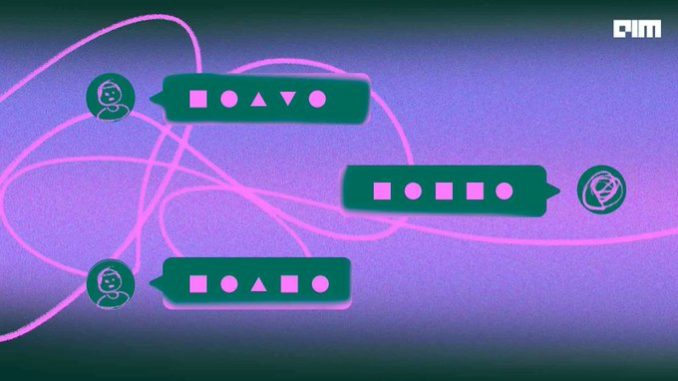
The ‘intelligence’ of AI is growing all the time. And AI has many forms, from Spotify’s recommendation system to self-drive cars. AI utilises natural language processing (NLP) to deliver natural and human-like language. It mimics humans and generates human-like messages by analysing commands.
That said, it is still challenging to create an AI tool that understands the nuances of natural human languages is hard. The open-ended conversation is even more complex. That is why some of the latest projects like LaMDA and BlenderBot do not have any commercial applications built on them and are kept purely for research purposes.
Making sense of open-ended conversational AI
Conversational AI refers to technologies, like chatbots or virtual agents, with which users can interact with. Compared to other AI applications, they use large volumes of data and complex techniques to help imitate human interactions, recognise speech and text inputs and translate their meanings across various languages.
Currently, there are two types of conversational AI – goal-oriented AI and social conversational AI. The goal-oriented AI typically focuses on short interactions to help with user goals such as booking a cab, playing a song, shopping online, etc. The social AI engages in a conversation more as a companion, aka open-ended conversation.
